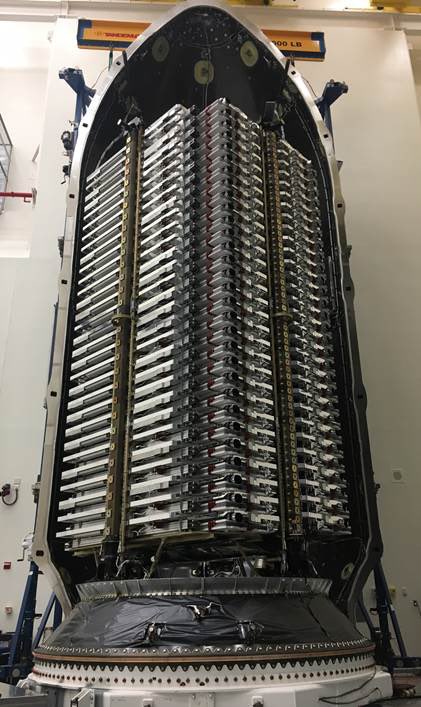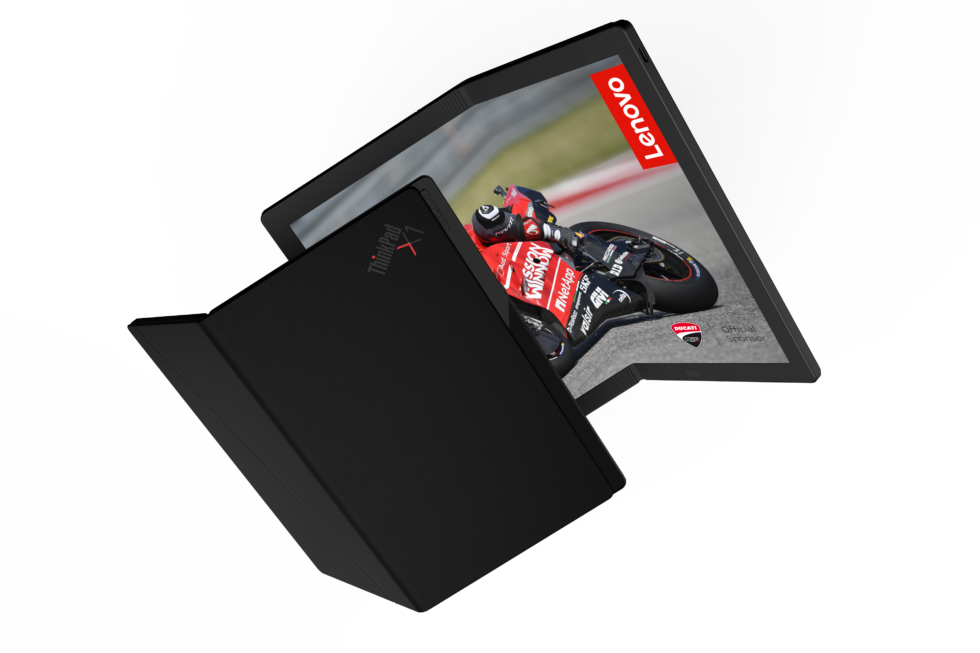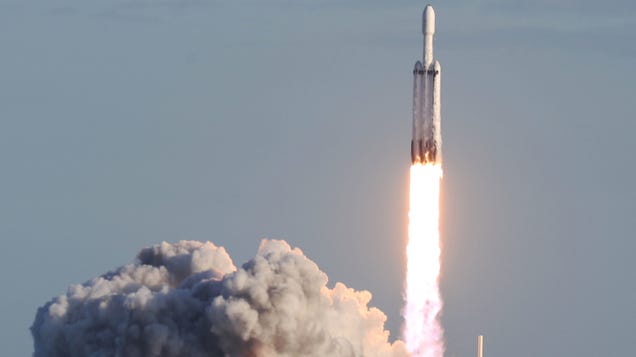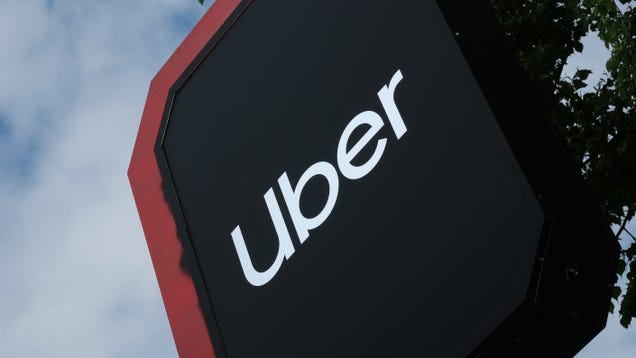After being crowned by Burger King as the first meat replacement patty to roll out nationally with one of the largest fast food chains, Impossible Foods has raised $300 million in capital.
The financing brings the company’s total equity raise to $750 million — and provides a sizable pool of funds to draw from as it continues to compete with its newly publicly traded rival, Beyond Meat.
Both companies are looking to provide plant-based replacements for animal proteins, but while Beyond Meat has focused on consumers in the grocery store, Impossible Foods has focused on restaurants and business-to-business sales.
That focus paid off earlier this year with the announcement of the Impossible Whopper, and its subsequent nationwide rollout only a month later.
The Impossible Burger is now sold in more than 7,000 restaurants in the U.S. and Europe and has been a top-selling item and a driver of new foot traffic, according to the company. However, since it’s actually driving new foot traffic to restaurants, the product’s impact as a meat replacement is arguable. There’s no data from the company on whether people are actually buying less meat, or whether new customers are entering stores.
Investors don’t seem to mind. And given the success of Beyond Meat’s public offering earlier this year, Impossible Foods has a benchmark it can reference to illustrate the appetite institutional investors have for meat replacement companies.
Indeed, even corporate America has taken notice, with Tyson Foods hatching plans to bring its own meat replacement product to market in the coming years.
Previous investors Temasek, the investment arm of the Singaporean government, and Horizons Ventures, the personal venture fund of Hong Kong multi-billionaire Li Ka-shing, led the new financing, which also included a host of celebrity investors.
Jay Brown, Kirk Cousins, Paul George, Jay-Z, Trevor Noah, Alexis Ohanian, Kal Penn, Katy Perry Questlove, Ruby Rose, Phil Rosenthal, Jaden Smith, Serena Williams, will.i.am and Zedd also joined the financing round, making Impossible Foods officially the coolest cap table I’ve ever seen (no offense to Beyond Meat backer Leonardo DiCaprio).
Institutional investors like Khosla Ventures, Bill Gates, Google Ventures, UBS, Viking Global Investors, Sailing Capital and Open Philanthropy Project also back the company.
The presence of Impossible Foods’ Asian investors point to the hunger for protein replacements on the continent where the quality of meat is an issue and rising demand is putting increasing pressure on companies looking to feed the continent’s newly wealthy consumers more high-quality protein.
There’s a compelling reason to hope that both companies succeed in their mission to reduce demand for animal protein around the world. Animal husbandry and industrial farming contribute heavily to rising greenhouse gas emissions (which is kind of a huge problem).
And it seems that the strategy is working in Asia. Sales across the continent are rising, according to the company, in restaurants across Hong Kong, Singapore and Macau.
Founded in 2011 by former pediatrician and Stanford biochemistry professor Dr. Patrick O. Brown, Impossible Foods’ plant-based burger may be the second greatest invention by a Doc Brown since the ’80s.
Impossible Foods is also hiring extensively in Oakland, Calif., where the company has its largest plant. It has already added to its executive team since the new funding, bringing on Sheetal Shah, a former chief operations officer at Verifone, to oversee the company’s manufacturing, supply chain and logistics.
via Startups – TechCrunch https://tcrn.ch/2HjSL1J


















